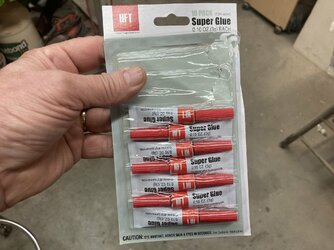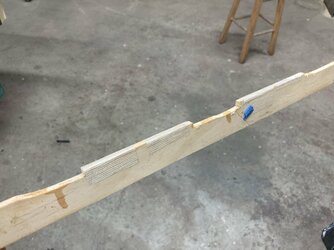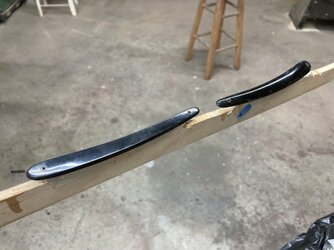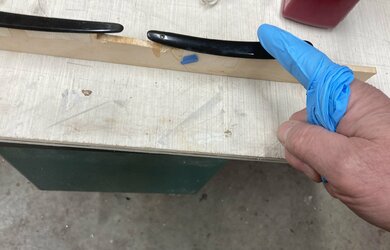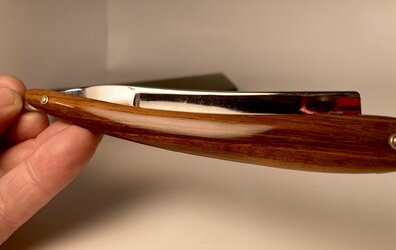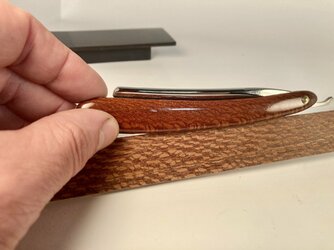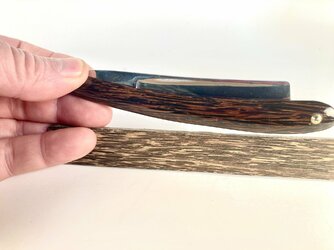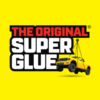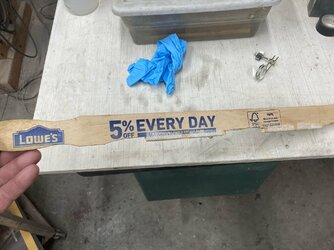rbscebu
Girls call me Makaluod
For the first time I am considering sealing some timber scales with CA. The little research that I have done on CA has shown me that there are various viscosities available.
Q.1 What is the recommended viscosity; super thin, thin, medium, thick or gell?
Q. 2 Roughly how much CA should I get to seal and give a gloss finish to one set of timber scales?
Q.1 What is the recommended viscosity; super thin, thin, medium, thick or gell?
Q. 2 Roughly how much CA should I get to seal and give a gloss finish to one set of timber scales?
